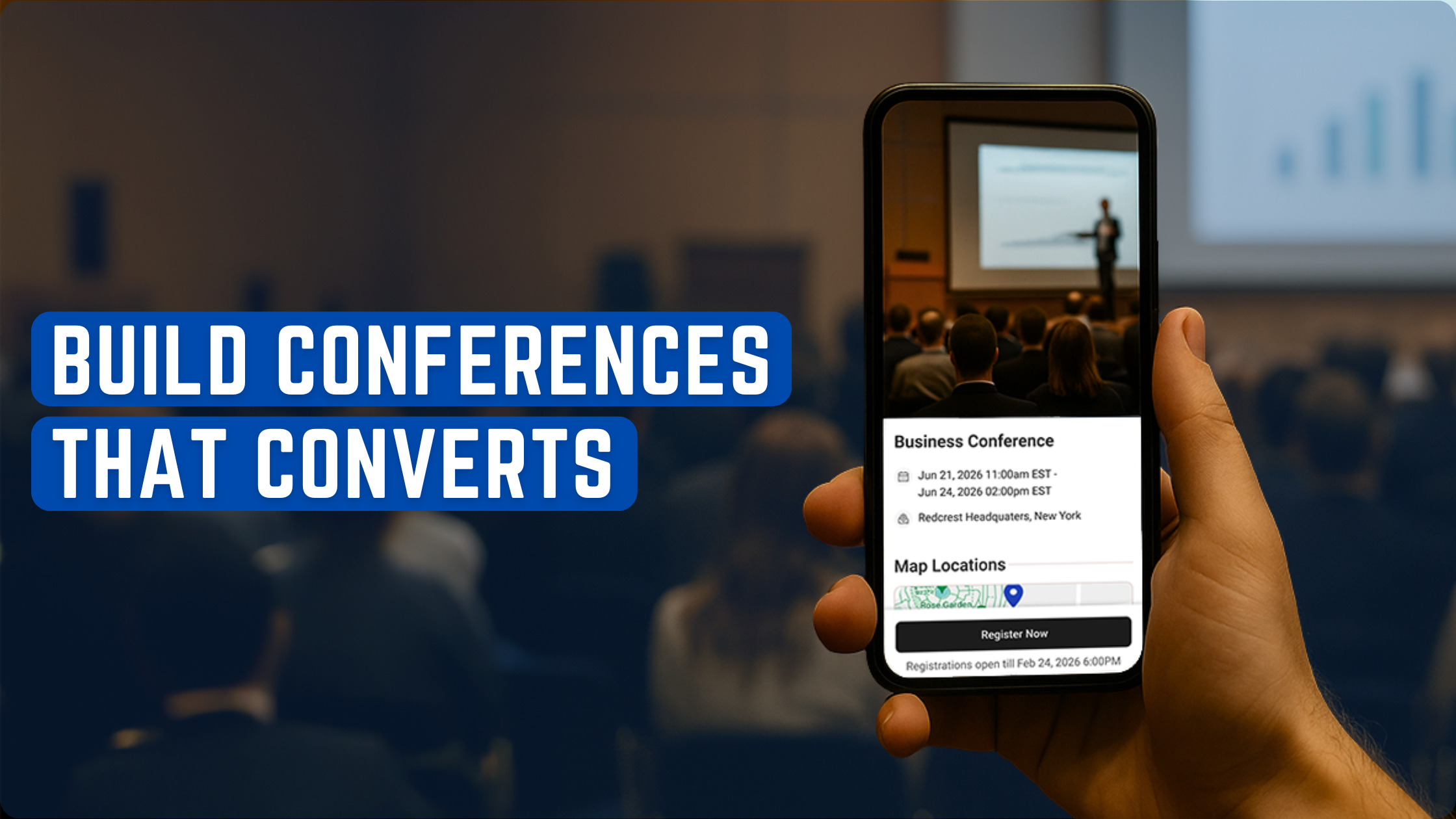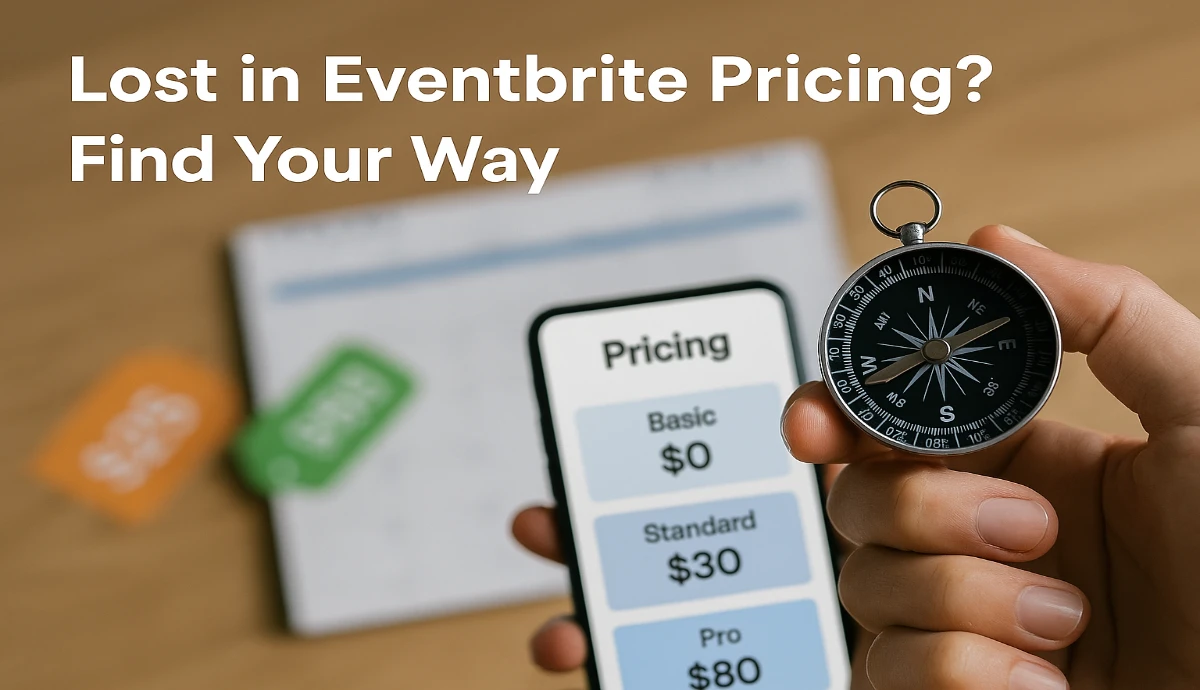If you're a concert promoter or an artist, you know that collaboration is key to creating a memorable concert experience. But how do you increase collaboration at concerts? How can you get fans, artists, and vendors to work together to create something truly special? In this article, we'll explore some tips and tricks for increasing collaboration at concerts.
One way to increase collaboration at concerts is to encourage fan engagement. Provide opportunities for fans to interact with artists and share their experiences on social media. This can help build a sense of community among concert-goers and foster loyalty, which can drive participation in future events. Additionally, you can encourage fans to become brand ambassadors for the event by offering incentives for sharing information about the concert with their friends and followers.
Another way to increase collaboration at concerts is to build relationships with vendors and sponsors. By working closely with vendors and sponsors, you can create a cohesive experience for fans and artists alike. This can include everything from coordinating merchandise sales to providing food and beverage options that complement the overall concert experience. Additionally, you can work with sponsors to create unique activations that engage fans and create memorable moments throughout the event.
Strategies for Enhancing Collaboration
Collaboration is key to a successful concert. To achieve this, you need to establish clear communication channels, foster a collaborative culture, and utilize collaborative technologies. Here are some strategies to help you enhance collaboration.
Establishing Clear Communication Channels
Communication is the foundation of any collaborative project. To enhance collaboration, you need to establish clear communication channels. This means setting up regular meetings, defining roles and responsibilities, and making sure everyone is on the same page.
One effective way to establish clear communication channels is to use a project management tool. This can help you keep track of tasks, deadlines, and progress. It can also help you communicate with your team members in real-time.
Fostering a Collaborative Culture
Collaboration is not just about working together; it's about fostering a collaborative culture. This means creating an environment where everyone feels comfortable sharing their ideas and opinions. It also means encouraging collaboration and teamwork.
To foster a collaborative culture, you need to lead by example. This means being open to feedback, listening to your team members, and valuing their contributions. It also means recognizing and rewarding teamwork and collaboration.
Utilizing Collaborative Technologies
Collaborative technologies can help you enhance collaboration by enabling your team members to work together more efficiently. This includes tools like video conferencing, instant messaging, and file sharing.
One effective way to utilize collaborative technologies is to use a cloud-based collaboration platform. This can help you collaborate in real-time, share files and documents, and communicate with your team members from anywhere in the world.
By following these strategies, you can enhance collaboration and achieve a successful concert.
Implementing Collaboration in Concert Settings
Collaboration is key to the success of any concert event. It involves bringing together different teams, artists, and stakeholders to work towards a common goal. To implement collaboration in concert settings, you need to focus on three main areas: pre-concert planning and coordination, on-site team dynamics, and post-concert evaluation and feedback.
Pre-Concert Planning and Coordination
Collaboration starts with effective planning and coordination. You need to bring together all the stakeholders involved in the concert and ensure that everyone is working towards the same goal. This involves setting clear objectives, defining roles and responsibilities, and establishing communication channels.
One way to achieve this is by creating a project plan that outlines all the tasks, timelines, and deliverables. You can use tools such as Gantt charts or project management software to help you with this. It's also important to hold regular meetings with all the stakeholders to ensure that everyone is on the same page.
On-Site Team Dynamics
Collaboration doesn't end with planning and coordination. It's equally important to ensure that all the teams involved in the concert are working together effectively on-site. This involves creating a positive team culture, establishing clear lines of communication, and promoting cross-functional collaboration.
One way to achieve this is by creating a team charter that outlines the team's purpose, goals, and values. You can also encourage team members to share their ideas and perspectives, and to work together to solve problems. It's also important to establish clear communication channels, such as walkie-talkies or radios, to ensure that everyone can stay connected during the event.
Post-Concert Evaluation and Feedback
Finally, collaboration also involves evaluating the success of the concert and gathering feedback from all the stakeholders involved. This involves conducting a post-concert evaluation that assesses the effectiveness of the planning and coordination, on-site team dynamics, and overall performance.
One way to achieve this is by conducting surveys or focus groups with all the stakeholders, including the audience, artists, and staff. You can also use tools such as performance metrics or KPIs to measure the success of the concert. It's also important to hold a debrief meeting with all the teams involved to discuss what worked well and what could be improved in future events.
By focusing on pre-concert planning and coordination, on-site team dynamics, and post-concert evaluation and feedback, you can implement effective collaboration in concert settings. This will help you to create successful events that meet the needs of all the stakeholders involved.
Conclusion
Collaboration is key to a successful concert experience. By encouraging participation, engaging with fans, and building a sense of community, you can increase collaboration and create an unforgettable event.
To boost collaboration, start by understanding your audience. Recognize their varied characteristics and preferences and tailor your concert to meet their needs. Provide opportunities for fans to interact with artists, share their experiences on social media, and become brand ambassadors for the event.
Effective communication is also crucial for collaboration. Clear and open communication between singers, accompanists, and other team members lays the foundation for success. Be open-minded and willing to explore other people's ideas to create a collaborative environment.
Finally, consider incorporating hybrid events to increase the number of attendees in your musical concerts. By organizing hybrid events, you let all your target audience from different parts of the world participate in your musical event.
By following these tips and strategies, you can foster loyalty, drive participation in future events, and create a truly collaborative concert experience.






.gif)





